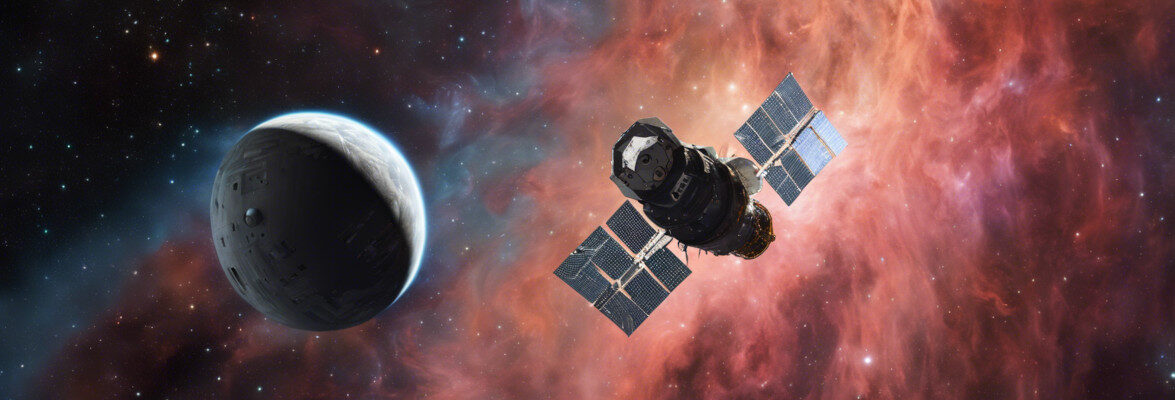
A few hours ago, SpaceX’s Crew Dragon Endurance spacecraft concluded its Crew-5, or SpaceX Crew-5, mission for NASA by landing without problems. On board were astronauts Nicole Mann, Josh Cassada, and Koichi Wakata and cosmonaut Anna Kikina, who had reached the International Space Station on October 6, 2022, and were part of Expedition 68. The four of them finished the fifth regular crewed mission of SpaceX in the Atlantic Ocean, off the coast of Tampa, Florida. The Crew Dragon departed the Station about nineteen hours earlier.
Shortly after the splashdown, the SpaceX ship “Shannon” went to recover the Endurance and its crew to transport them to the coast. The astronauts also received their first medical checkup aboard the ship.
During this last part of Expedition 68, on October 23, 2022, the Russian cargo spacecraft Progress MS-19 left the Station to disintegrate in the Earth’s atmosphere. On November 9, the American cargo spacecraft Cygnus arrived on its NG-18 mission. On October 27, the Russian cargo spacecraft Progress MS-21 arrived. On November 27, 2022, the American cargo spacecraft Dragon arrived on its CRS-26 mission, and then left the Station on January 9, 2023, to return to Earth. On February 11, the Russian cargo spacecraft Progress MS-22 arrived. On February 18, the Russian cargo spacecraft Progress MS-21 left the Station to disintegrate in the Earth’s atmosphere.
During this period, some spacewalks were conducted which also involved members of the Crew-5 mission. On November 15, 2022, Josh Cassada, along with his Expedition 67/68/69 colleague Frank Rubio, spent just over 7 hours performing various tasks in preparation for installing new solar panels. One of the International Space Station Roll-Out Solar Arrays (iROSA) was installed by the two astronauts on December 3 in just over 7 hours, another one was installed by the two astronauts on December 22 in just over 7 hours, and a third was installed by Nicole Mann and Koichi Wakata on January 20, 2023, in almost 7 1/2 hours. On February 2, Nicole Mann and Koichi Wakata did some work in preparation for the installation of two more iROSA solar arrays.
Inevitably, the most significant event of this period was the cooling system failure of the Russian Soyuz MS-22 spacecraft with a leak noted on December 15, 2022. The Russian space agency Roscosmos sent the Soyuz MS-23 spacecraft to replace the damaged one. The incident also led to a substantial change in crew rotation with the extension of the mission of the Soyuz MS-22 crew. Roscosmos decided to return the unmanned Soyuz MS-22 to Earth and this will mark the end of Expedition 68.
The Crew Dragon Endurance spacecraft completed its second space mission and will be overhauled like the others after each return to Earth. If the outcome of the check-up is positive, it will be reused in one of the next missions. So far, the various Crew Dragons are proving to be reliable in the various missions part of the contract with NASA, which ensures the USA a means of transport independent from other nations, and in private ones.

